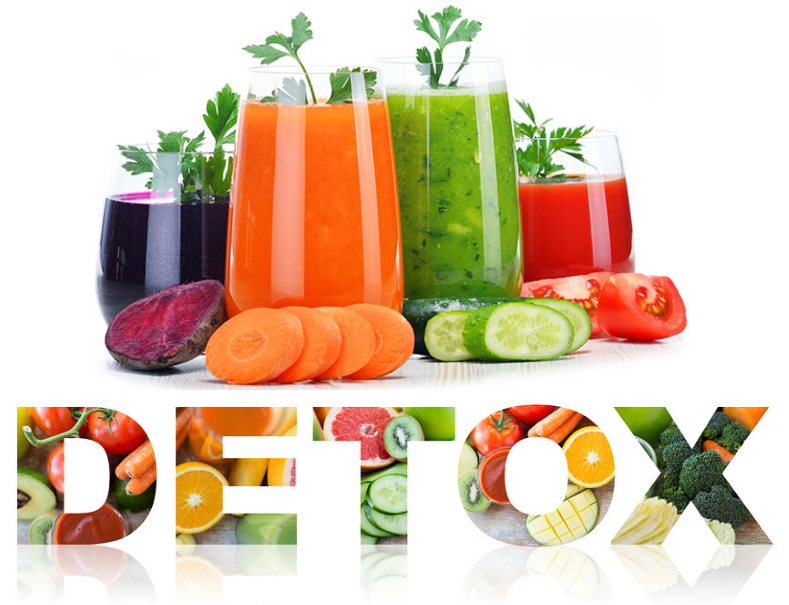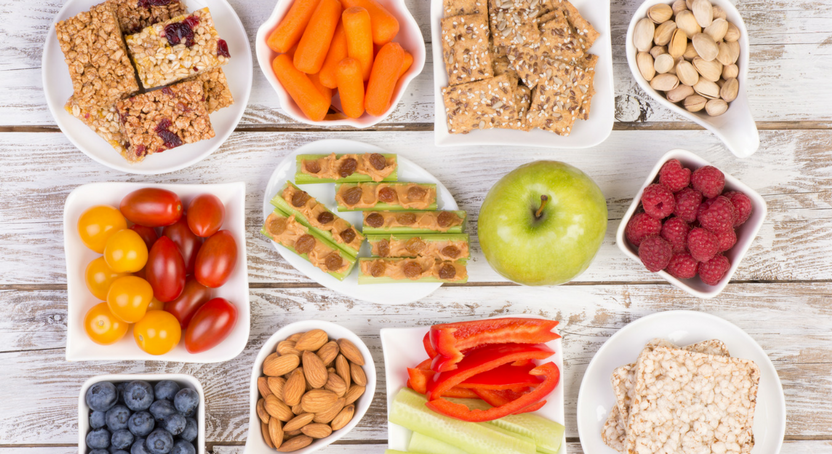
While the weight loss strategy seems simple –consuming less calories than the body needs– dieting and food offer so many options that it can get confusing; and while your intentions of attaining a healthy weight are beneficial, making the following mistakes can be unhealthy or sabotage your weight loss goals:
1. Having too much Olive oil because it is health benefits. Olive oil offers Omega 3s, good fats that help increase your HDL Cholesterol, which is good for your health. But it’s still an oil—120 calories and 14 grams of fat per tablespoon.
Best approach: Measure out the oil you use or put it in a spray bottle so that a little will go a longer way.
2. Avoiding fruit because of the sugar on them. Fruits do have natural sugar, but fresh fruit comes with benefits like essential vitamins, minerals and fiber, which can help you feel fuller longer. The benefits are greater. Though, careful with fruit that has been juiced, it is lacking in filling fiber, and bottled juice often contains added sugar.
Best approach: control your portions. 2 to 3 pieces of whole fruit (1 cup of blueberries, raspberries or sliced strawberries) per day.
3. Going Gluten-Free (For No Reason). The gluten warning is specifically intended for those diagnosed with celiac disease, it is not a weight loss plan. Avoiding gluten means leaving out satisfying, heart-healthy whole grains and, worse, switch to food made from processed wheat rice, corn or soy flour. Commercial Non-Gluten products can be high in sugar and sodium, making them even more unhealthy.
Best approach: If you do suffer from celiac disease choose naturally gluten-free grains like amaranth, buckwheat, flax, millet, quinoa, and teff.
4. Eating Way Less and Exercising Too Much. When you drastically cut calories, you’re telling your body to lower your metabolism and slow down weight loss. Even if you drop pounds in the short term, you risk gaining them back as soon as you give in to satisfying your cravings.
Best approach: Consult a dietician to calculate the right number of calories per day that your body needs to lose weight in a healthy way.
5. Avoiding All Fats. Good Fats, such as Monounsaturated and Polyunsaturated -Omega 9 and Omega3- are not only an essential nutrient, but it helps filling fuller and satisfy cravings. The ones that should be avoided are Trans and Saturated Fats found in processed foods, chips, baked and fried foods.
Best approach: Just be mindful of portion size: A palmful of nuts or seeds, and portions the size of your palm of fish, avocado, a spoonful olive oil.
Remember that balance is always key to a healthy lifestlye!
Click here for more great info! BeWellnessNow














